 Should you be wearing sunscreen inside your home?
Should you be wearing sunscreen inside your home?
You might think this is a silly question and that, of course, there’s no need to apply sunscreen when you’ll only be inside your home or another building. Sunscreen is only necessary when you’re working outside in your garden, picnicking in the park or playing a round of golf, right?
Unfortunately, the answer to this question is a little less clear-cut than it seems.
The sun’s ultraviolet (UV) rays do actually go through windows– of a car, house or office building– and, over time, will cause damage. You may have heard of UV rays before now, but did you know there are three types of them?
Electromagnetic radiation from the sun shines down on our Earth and comes in three forms: UV-A, UV-B and UV-C rays. The ozone layer surrounding the Earth filters out all UV-C rays, but both the UV-A and UV-B rays are a concern. UV-B rays, which have become more of a problem in recent years, are what cause sunburn when you are out in the direct sunlight for too long. UV-A rays penetrate the skin more deeply and cause visible aging in the form of wrinkles and brown spots.
Of course, this isn’t just about having flawless and smooth skin, this is about your health and the health of your family. As you probably already know, too much exposure to these UV rays can lead to skin cancer. Both UV-A and UV-B rays have been shown to contribute to the development of skin cancer.
What you might be surprised to learn is that studies have shown that there are detrimental effects of UV-A rays for those who spend most of their time inside too. While UV-B rays are blocked by windows, about 50% of UV-A rays manage to pass through the glass. “Asymmetrical facial damage” was noted in a recent report* cited by the Skin Cancer Foundation. Study subjects who worked indoors, had significantly more wrinkles, sagging skin and brown spots on one side of their faces. This negatively affected side of the face was what was closest to the window on a regular basis.
The effect of sun damage can be seen in your home as well. Furniture, window treatments, leather, artwork, carpet and even flooring can be damaged by UV-A rays. Fading and discoloration, damage to microfibers in upholstery and unsightly patterns where the sun has bleached flooring around area rugs can all occur and ruin your carefully chosen home decor.
The good news is that your windows can be part of the solution!
When you’re going to be out in direct sunlight, be sure to apply a broad spectrum sunblock to all exposed parts of your body. When you’re inside, protect your family and your furniture from UV-A rays with your windows.
You can apply window film to your windows to keep out UV-A rays. This strong laminate consists of polyester films that are bonded together with special adhesives. A window film can be used on car, home or office windows to block up to 99% of UV-A rays. Window films also come in a variety of patterns, tints or clear options. The downside of after-market films like these are that they tend to block light as well as radiation from the sun. Some customers report that they have to use a lamp in a room with window film, even during the day.
Windows with UV ray blockers built in.
You can get the benefits of UV-A blocking window films without losing natural light. Low E windows are manufactured with this protective capacity so you don’t have to mess with tricky films and you get to enjoy the sun’s light too. “Low E” stands for low emissivity– the ability to emit radiant energy.
Low E replacement windows have a coating made of an invisible metal and metallic oxide film that’s virtually microscopic. Click here to find out more about our Low E windows. Light can pass through, but UV waves are blocked. In the winter, light comes through the glass, but heat from inside the home is reflected back to the interior. In the summer, the opposite occurs. Light is admitted, but outside heat reflects back to the outside.
Depending on where you live and the geographical orientation of your home, you can choose which Low E window is right for you. Renewal by Andersen offers three patented performance glass options:
1. Low E-4 glass: This performance glass blocks 84% of the sun’s rays.
2. Low E-4 Smart Sun glass: This is Andersen’s most energy efficient performance glass and blocks 95% of UV-A rays. It’s popular in warmer climates.
3. Low E-4 Sun glass: This performance glass is designed for energy eff9iciency and to reduce glare from the sun.
Click here to find out more from Renewal by Andersen.
Choosing Low E windows makes for a more comfortable home and helps keep you and your family safe as well. Whether you decide to explore window films or get an estimate for replacement windows with Low E coating, remember to do whatever you can to protect yourself from the damaging UV rays of sun.
*Click here for more research and prevention information from the Skin Cancer Foundation.

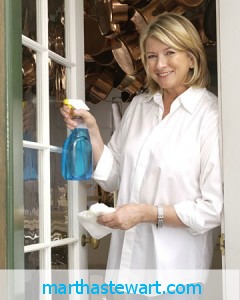
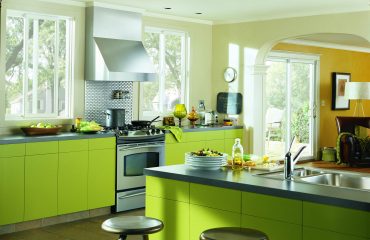
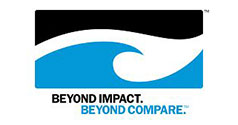

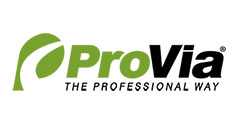

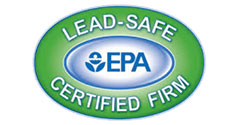

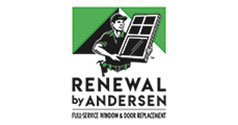
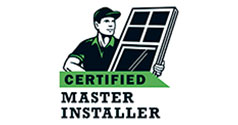
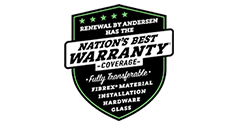
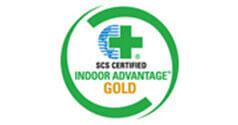
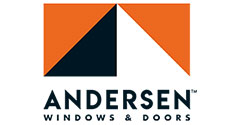
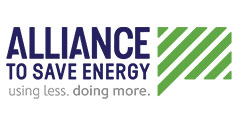




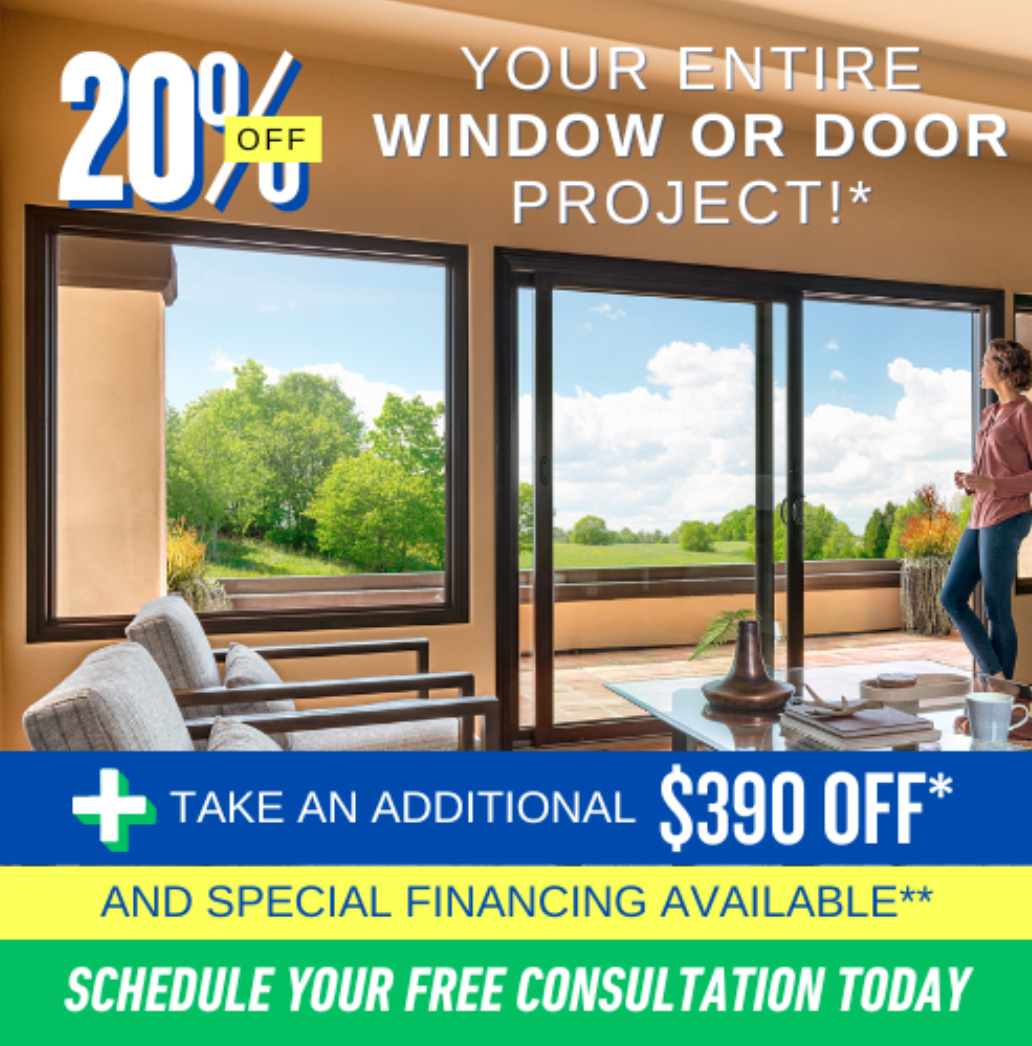
You must be logged in to post a comment.